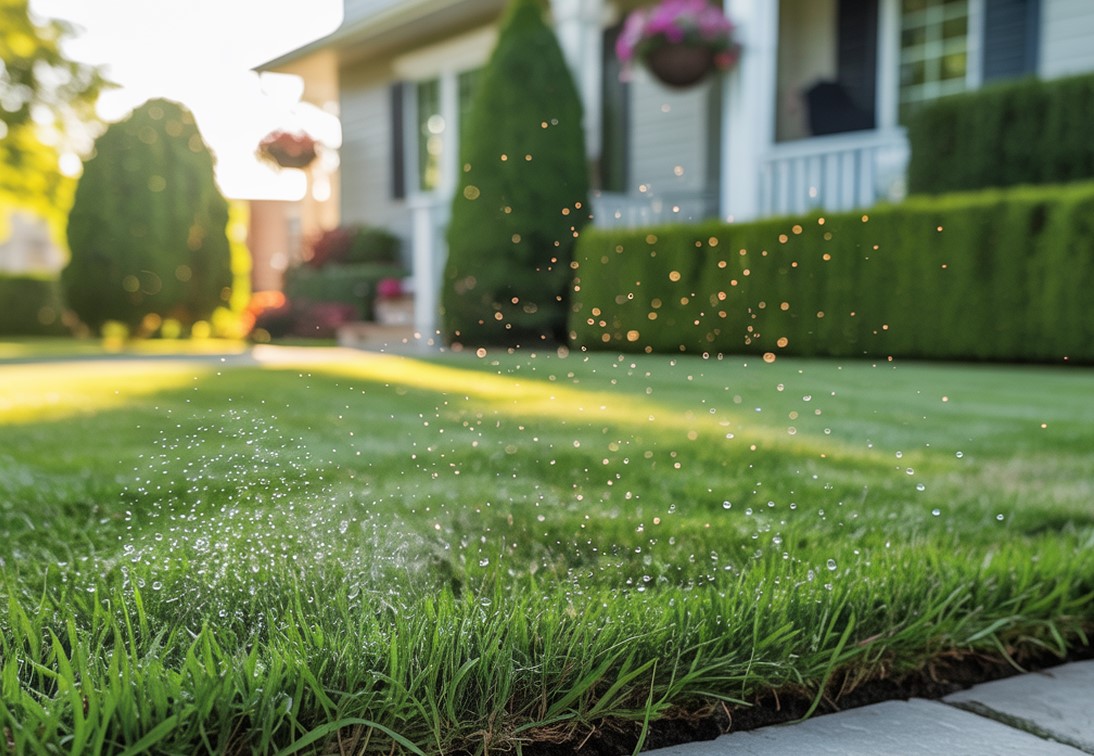Understanding Liquid Aeration: The Science Behind Lawn Transformation
What is Liquid Aeration and How Does It Work?
Liquid aeration is an innovative lawn care technique that uses liquid solutions containing various materials to effectively perforate the soil, allowing for better water, nutrient, and gas exchange in the root zone. Unlike traditional core aeration that physically removes soil plugs, liquid aeration works by breaking down compacted soil particles and helping to create microscopic pores. This process is facilitated through specific ingredients such as seaweed extracts and beneficial microbes that enhance soil structure, making it more porous and more receptive to air and moisture. As these solutions are sprayed over the lawn, they interact with the soil, improving its organic composition and fostering a healthier root environment.
This approach is particularly advantageous for lawns suffering from compaction due to heavy foot traffic, inadequate drainage, or poor soil health. In essence, liquid aeration mimics the natural processes by which earthworms aerate the soil as they burrow, promoting microbial activity and making the soil more fertile. It is often viewed as a holistic approach to lawn care, offering immediate benefits while addressing long-term underground soil structure challenges.
The Environmental Benefits of Liquid Aeration
One of the standout features of liquid aeration is its environmentally friendly nature, as it supports sustainable lawn care practices. Traditional aeration often requires significant machinery and can lead to soil disturbance, compaction, or even damage to nearby plants and wildlife. In contrast, liquid aeration is minimally invasive, which means the lawn can quickly recover without the additional stress inflicted by heavy equipment.
Moreover, the microbial solutions used in liquid aeration help boost soil health by enhancing biodiversity. As microbes proliferate in the soil, they play crucial roles in breaking down organic matter and making nutrients more available to grass roots. This process can potentially reduce the need for chemical fertilizers and pesticides, making it an environmentally safer choice for homeowners looking to improve their lawn’s health while reducing their ecological footprint. Additionally, improved soil health through liquid aeration can enhance water retention, leading to less runoff and better water management, especially in drought-prone areas.
Comparing Liquid Aeration to Traditional Aeration Techniques
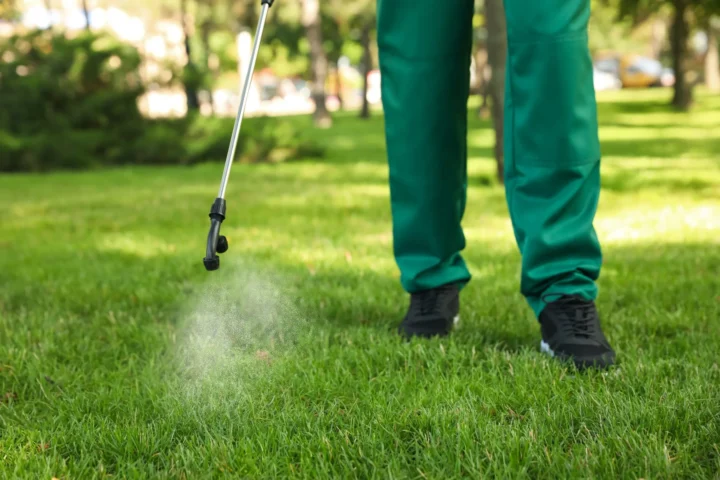
When comparing liquid aeration to traditional aeration techniques, such as core aeration, several key differences emerge that influence a homeowner’s choice. Core aeration involves a machine that punctures the soil and removes plugs, which can be effective, especially for established lawns suffering from severe compaction. However, it often leads to temporary disruption of the lawn’s surface and can take time for the grass to recover.
In contrast, liquid aeration is a more streamlined process, often resulting in minimal disruption and immediate visual benefits. The absence of physical soil removal in liquid aeration means less lawn repair is required after treatment. Furthermore, liquid aeration treatments can be scheduled more easily since they require less equipment and can be applied quickly, even in wet conditions where traditional aeration would be ineffective.
The efficacy of both methods includes enhancing nutrient absorption, increasing root development, and improving overall lawn health. However, liquid aeration is particularly lauded for its capability to achieve results in a variety of soil types and conditions. Ultimately, the decision between the two may depend on specific lawn needs, the degree of compaction, and how quickly results are desired.
The Ideal Timing: When to Schedule Liquid Aeration for Maximum Effect
Seasonal Considerations for Optimal Lawn Health
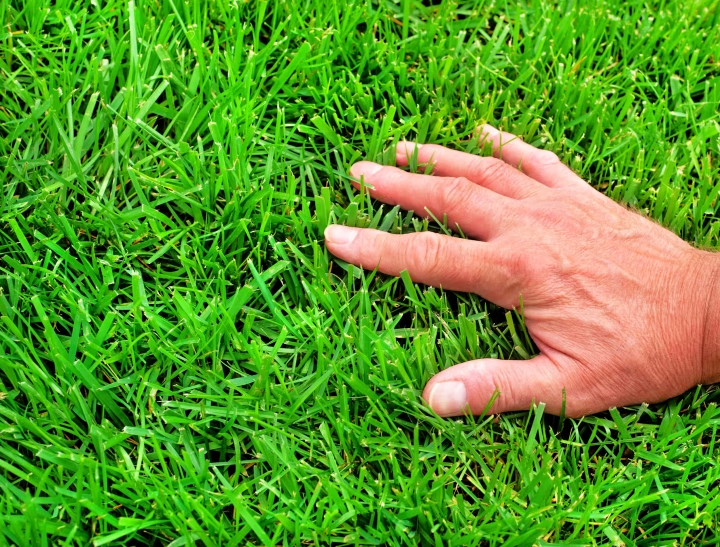
Timing is critical in lawn care, and liquid aeration is no exception. The best times to schedule liquid aeration typically fall in the spring or early fall, coinciding with the active growing periods for most grass species. During these times, grasses exert more energy into root growth, making them more responsive to treatments designed to enhance soil health. Spring aeration helps rejuvenate lawns after winter dormancy, while fall aeration prepares lawns for winter, promoting root establishment and allowing for deeper nutrient absorption before the cold months set in.
It’s essential also to consider local climate conditions. For example, in warmer regions, late summer liquid aeration can be advantageous, as it assists with turf stress induced by heat. Conversely, in areas with cold winters, early fall aeration is ideal in best preparing lawns to endure the harsh conditions ahead. Homeowners should aim to plan their aeration just before their grass’s most vigorous growth period, allowing for the best results.
Signs Your Lawn Needs Immediate Aeration
Understanding when to act is just as important as knowing how to aerate. Several signs indicate a lawn may benefit from immediate liquid aeration. Compact soil can lead to poor drainage and water not absorbing efficiently, often resulting in puddles after rain. Additionally, if your lawn feels spongy or has areas of clumpy grass and bare patches, these are indications of soil issues that need addressing.
Moreover, if you notice persistent thatch build-up—a layer of organic matter that forms between the soil and grass—liquid aeration can assist in managing thatch by promoting microbial decomposition. Plants that show signs of nutrient deficiency or struggle to maintain green color may also benefit from aeration, as improved soil health directly influences nutrient availability. Addressing these signs proactively with liquid aeration ensures a vigorous, healthy lawn capable of thriving in any season.
How Weather Influences Liquid Aeration Success
The weather plays a pivotal role in the effectiveness of liquid aeration. For optimal results, it is essential to consider soil moisture levels. Aeration is most beneficial when the soil is neither too dry nor overly saturated. Ideally, the soil should be moist enough for the liquid solutions to penetrate effectively and reach grassroots, yet not so wet that it becomes muddy or difficult to apply. Rainfall shortly before aeration can prime the soil but should not lead to standing water conditions, which hinder the efficacy of the process.
Temperature, too, can affect both the application and recovery from liquid aeration. Cooler temperatures promote natural recovery and root development, while extreme heat can stress the grass, making it less resilient. Finally, following aeration, it’s advisable to avoid applying any chemicals or fertilizers immediately after as this can interfere with the natural processes initiated by aeration. Monitoring the weather closely and selecting the ideal window will significantly enhance the outcomes of liquid aeration.
Choosing the Right Experts: What to Look for in Liquid Aeration Services
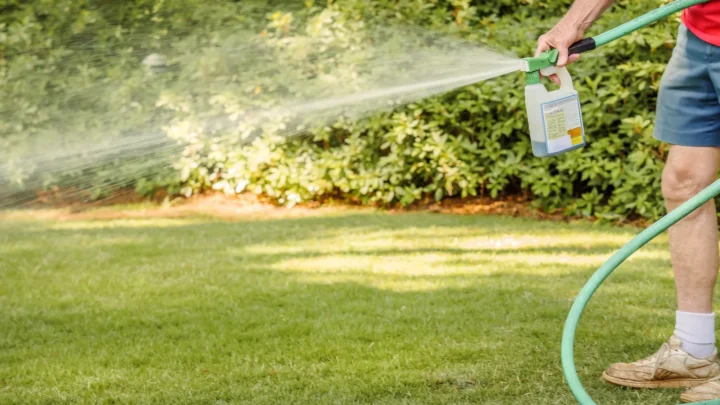
Accreditation and Experience: Why They Matter
When seeking liquid aeration services, selecting a provider with the right credentials is crucial. Look for professionals who are licensed and certified in horticultural practices; this ensures they have completed the necessary training and possess adequate knowledge about soil science and lawn care. Experienced technicians will not only understand the proper techniques for applying liquid aeration but will also be adept at diagnosing specific lawn problems and customizing their approach based on the lawn’s unique conditions.
Furthermore, an experienced provider is likely to utilize the latest advancements and equipment in liquid aeration technology, ensuring efficient application and optimal results. Don’t hesitate to ask about their methods, the solutions they use, and their approach to current industry standards. Knowledgeable companies will often offer guarantees or warranties on their services, reflecting confidence in their work and promoting customer satisfaction.
Customer Reviews: Leveraging Feedback for Quality Assurance
One of the most effective ways to gauge the quality of a lawn service provider is by examining customer reviews and testimonials. Online review platforms can offer valuable insights into the experiences of previous clients, allowing prospective customers to assess the company’s reputation. Look for feedback that specifically mentions liquid aeration; this will help you discern the effectiveness of their services in similar circumstances.
Pay attention to the consistency of positive reviews regarding service quality, timeliness, and overall outcomes. Multiple satisfied customers typically signal a reliable service provider, whereas repeated complaints about lack of results or poor customer service should serve as red flags. Engaging in local community forums or social media groups can also provide leads on reputable services based on firsthand experiences from neighbors and fellow lawn enthusiasts.
Innovative Techniques: What Sets Top Technicians Apart
In a growing industry, top technicians often distinguish themselves through their use of innovative techniques, advanced equipment, and personalized service. The best providers continually educate themselves on new products and methods, ensuring they’re employing the most effective and sustainable practices in lawn care. This might include utilizing organic compost or holistic treatment solutions that further enhance the benefits of liquid aeration.
Moreover, leading professionals will often offer comprehensive lawn care packages that integrate liquid aeration with other essential services such as fertilization, pest control, and seeding. This provides a holistic approach to lawn health, ensuring that each treatment complements the other. It’s advisable to seek companies that perform a thorough lawn assessment before proposing treatments; a tailored strategy often yields the most impressive results and leads to a healthier, greener lawn.
Post-Aeration Care: Nurturing Your Lawn’s Growth Journey
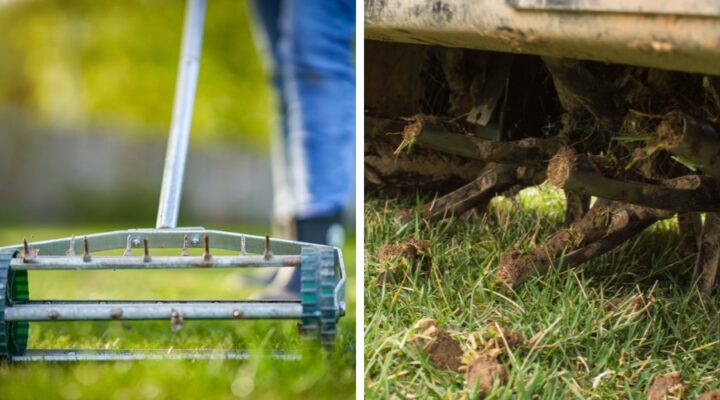
Essential Follow-Up Treatments for Thriving Grass
Immediately after aerating your lawn, the key to maximizing the benefits lies in appropriate follow-up treatment. Ensuring that your lawn receives adequate nutrients is paramount. Applying a balanced fertilizer mixture within a week of liquid aeration will help replenish essential nutrients that may have been depleted in the soil. Choose a slow-release formula that works over time to avoid tyene environmental shock and promote steady grass growth.
Consider incorporating some aeration-friendly grass seed immediately after treatment. This can fill in any bare patches and increase overall lawn density and resilience. Select a seed blend suited for your specific climate and lawn type to ensure compatibility and optimal performance. Additionally, opt for organic or environmentally friendly seed options to align with sustainable lawn practices.
Watering Wisely: Crafting a Care Routine After Aeration
Watering post-aeration is critical. The soil must remain adequately moist to facilitate the healing benefits initiated during liquid aeration. A deep watering regimen following aeration will benefit the grass and the newly established roots. During the first two weeks, aim for a watering schedule that allows for watering every few days rather than daily, as this can promote deeper root growth rather than shallow surface roots.
Monitor weather conditions and adjust your watering schedule accordingly. If rain is expected, postpone watering to avoid oversaturation. As the grass re-establishes, transition the watering to approximately once a week, aiming to apply around an inch of water each time. This will help develop robust, drought-resistant roots. Gradually refining your watering routine is a fundamental aspect of ensuring your lawn continues to thrive.
Long-Term Maintenance Tips for a Lush, Green Lawn
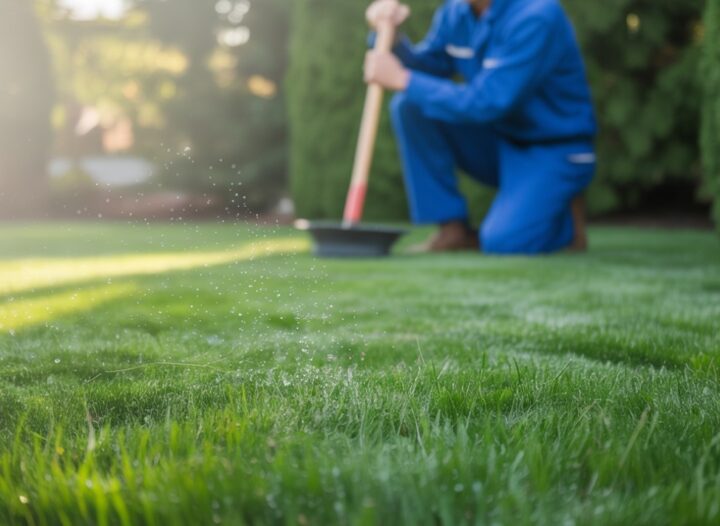
Post-aeration care is only one part of sustaining a lush and vibrant lawn. Long-term maintenance strategies are equally critical in ensuring the ongoing health and aesthetics of your yard. Regularly mowing your grass to the recommended height for your specific grass type will promote thick growth and discourage weeds. Ensure your mower blades are sharp to create clean cuts and minimize lawn stress.
Implementing a comprehensive fertilization schedule beyond aeration is essential for maintaining soil health. Engage in soil testing every few years to understand nutrient levels and adjust your fertilization practices accordingly. Adding organic compost periodically also enriches soil and encourages microbial activity. Additionally, managing weeds and pests proactively will prevent them from competing with your grass for essential resources.
Finally, keep an ongoing observation of your lawn’s condition, noting any changes or distress signals. By integrating these long-term maintenance tips, you can keep your lawn looking lush and healthy while enjoying the satisfaction of a beautifully transformed landscape.

